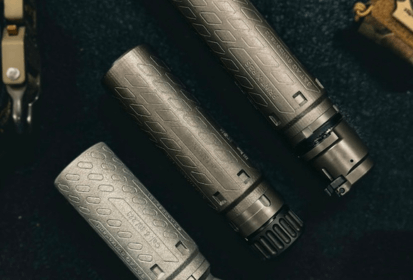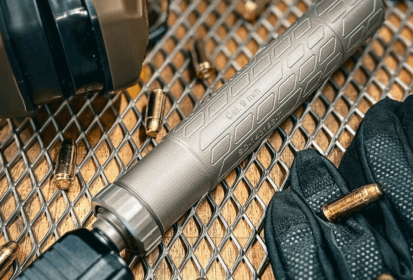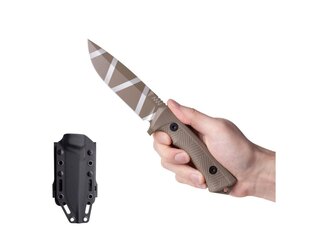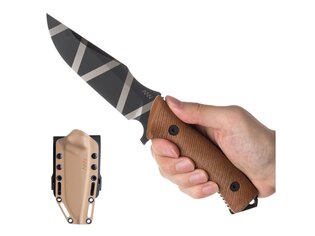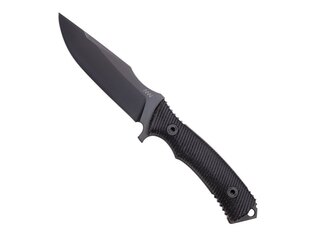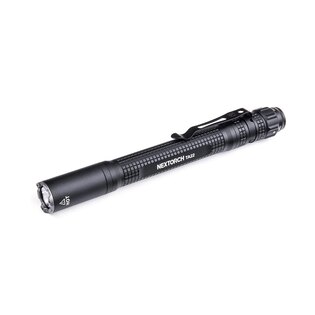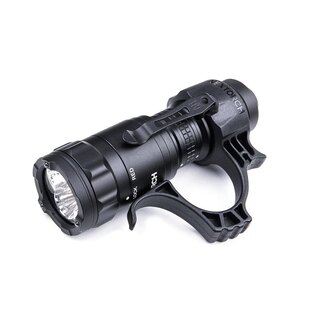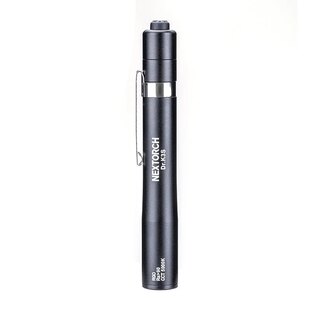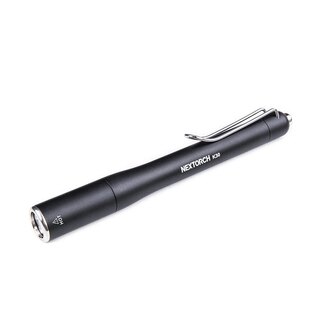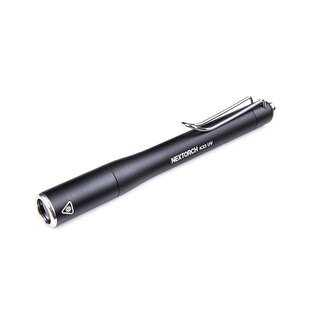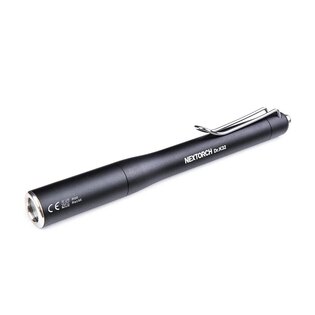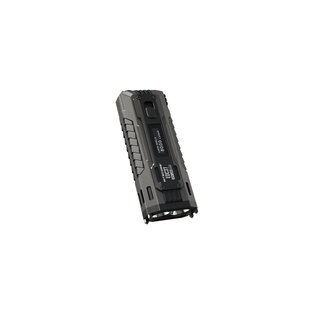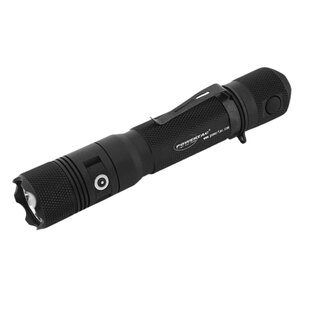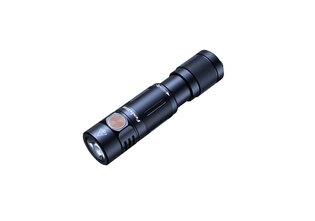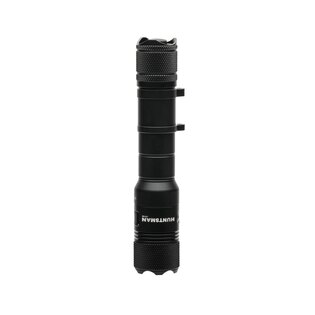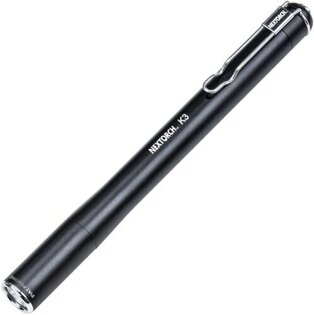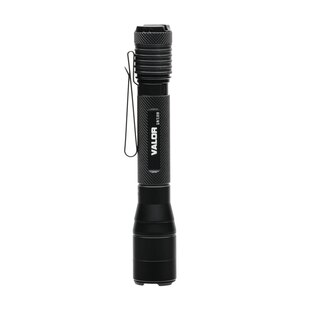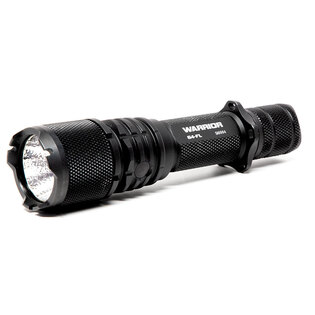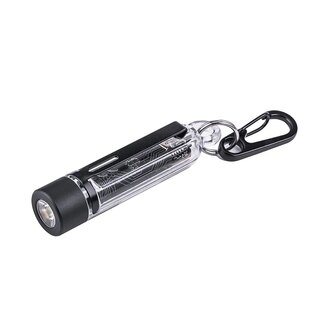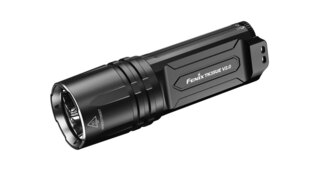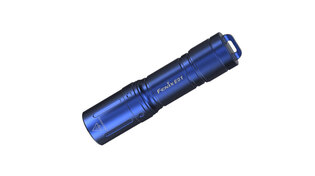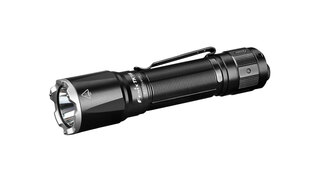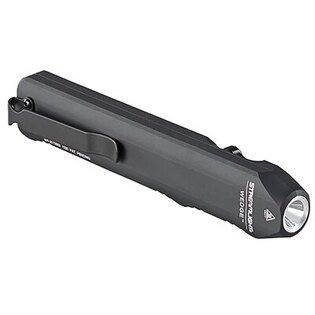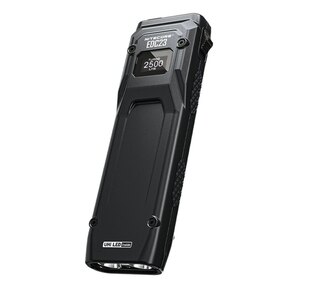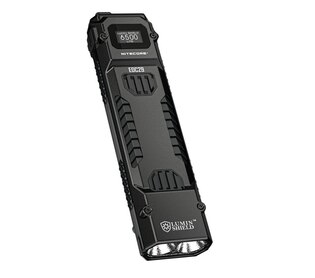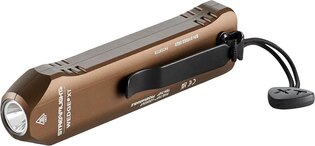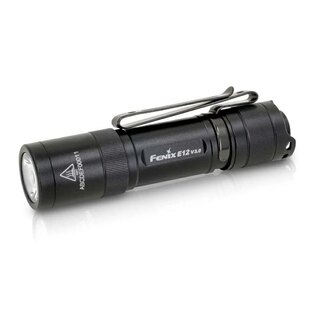EDC Gear by Environment: Urban, Outdoor, and Crisis Scenarios
Your EDC isn’t just a bunch of tools—it’s a functional system designed for the environment you operate in. You’ll use a different setup in the city, another in nature, and a third when things go wrong. Whether you're managing daily routines, weekend adventures, or unpredictable scenarios, one principle applies: carry only what works—and what you can confidently use under pressure.
This article outlines three clear EDC configurations—urban, outdoor, and crisis—highlighting essential components that work in practice, and pointing out common oversights in planning.
1. Urban EDC Setup
Weapon carry is heavily regulated. Knives face fewer restrictions, but they can still attract attention—especially abroad, where laws vary widely. What’s legal self-defense gear in one country may be prohibited in another.
That’s why your urban EDC should focus on a low profile, practicality, and discretion. Every item should be accessible, but also visually neutral—so it blends in as a regular tool and avoids unwanted attention. The goal: gear that fits into your daily clothing, yet delivers when needed.
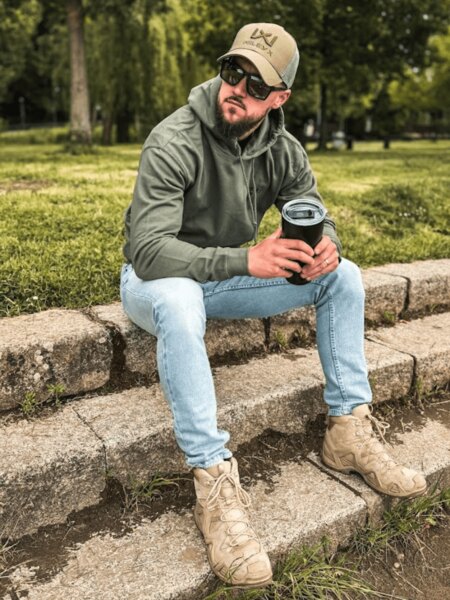
The urban EDC configuration emphasizes discretion and comfort. Key equipment naturally integrates into functional civilian clothing – such as Helikon-Tex® Treadstone pants or a low-profile hoodie.
✅ Recommended gear:
- Compact folding knife (e.g. ANV, FKMD – Fox Knives Military Division)
- Flashlight with direct turbo mode (e.g. Nitecore EDC29)
- Slim, RFID-protected wallet
- Keychain tools (e.g. mini pry bar, bottle opener)
- Functional clothing (e.g. pocketed shirt, Treadstone pants)
⚠️ Watch out for:
- Legal limits on weapons and defensive tools
- High-performance headlamp with spare batteries
- Basic waterproof first-aid kit
🧾 Urban EDC Checklist
- ☐ Compact folding knife (e.g., ANV)
- ☐ Small flashlight (e.g., Nitecore EDC29 or keychain model)
- ☐ Multitool for basic tasks
- ☐ Minimalist RFID-blocking wallet
- ☐ Smartphone + compact power bank
- ☐ Keychain with integrated tools (e.g., fire starter, opener)
- ☐ Discreet civilian clothing with functional features
- ☐ Legally permitted self-defense tool (e.g., pepper spray or tactical flashlight)
2. Outdoor EDC Setup
In nature, EDC becomes a platform for essential survival tasks—light, heat, water, navigation, and basic medical care. The aim is to build a compact configuration that covers key needs without relying on outside help. Weather, terrain, and distance from assistance all increase the importance of your gear.
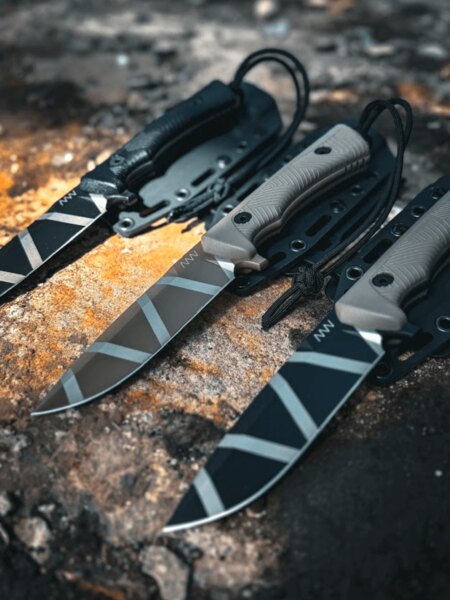
Outdoor configuration requires durable tools. ANV® fixed blade knives offer robust construction, easy maintenance, and efficient use even with gloves. Ideal as a main tool or backup element in nature.
✅ Recommended gear:
- Fixed-blade knife (e.g. KA-BAR, Morakniv, ANV)
- High-performance headlamp with spare batteries
- Basic waterproof first-aid kit
- Fire sources (ferro rod, backup lighter)
- Water filter or purification tablets
- Bandana, paracord, and navigation (app or map)
- Seasonal clothing—layered, pocketed, water-resistant
⚠️ What to watch out for:
- “What if” overload—EDC ≠ BOB (Bug-Out Bag)
- No backups (light without batteries, phone without power bank, only one fire source)
🧾 Outdoor EDC Checklist
- ☐ Fixed-blade knife (e.g., Toor, ESEE)
- ☐ Headlamp or flashlight + spare batteries
- ☐ Lighter + ferro rod (backup fire source)
- ☐ Basic first aid kit in a waterproof pouch
- ☐ Water purification system (filter or tablets)
- ☐ Paracord (minimum 2–3 meters)
- ☐ Whistle or other emergency signal device
- ☐ Functional, layered outdoor clothing
3. Crisis-Ready EDC (Extended Setup)
EDC can also act as a basic crisis-response module—not a full bug-out bag, but a daily kit that helps you handle infrastructure failures, transport delays, communication loss, or sudden isolation.
This setup assumes something goes wrong—quickly and without warning. It’s not survival gear for the wild, but tools to navigate short-term disruption in urban or transit environments. Communication tools, light, and first aid are especially critical—not just for navigation, but also signaling, defense, and staying calm.

The crisis kit relies on light. A compact yet powerful flashlight like Nitecore® EDC29 offers quick activation, high performance, and the option to use as a signaling or defensive tool.
✅ Recommended gear:
- Tourniquet (e.g. compact, proven models like RED)
- Power bank (small, fast-charging, rugged)
- Headlamp or strong EDC flashlight (e.g. TLR-7 HL-X + handheld)
- Whistle, reflective item, emergency lights (e.g. glow sticks)
- Energy source (e.g. gel pack, glucose tabs)
- Copies of ID, ICE contact, backup SIM card
- Disposable gloves (preferably a spare pair)
- Emergency cash (small bills in a separate pocket)
- Small notebook + pencil
- Small knife or multitool
- Compression dressing or elastic bandage
- Optional: USB stick with encrypted document backup
⚠️ What to watch out for:
- Only carry gear you can confidently use under stress
- Allow modularity (e.g. backpack + pocket organizer)
- Don’t overpack—crisis EDC is not a bug-out bag
🧾 Emergency EDC Checklist
- ☐ Tourniquet (e.g., RED or CAT)
- ☐ High-output light source (e.g., TLR-7 HL-X + backup flashlight)
- ☐ Fast-charging power bank
- ☐ Copies of key documents + emergency cash
- ☐ ICE contact information + backup SIM card
- ☐ Quick energy source (e.g., gel or glucose tabs)
- ☐ First aid kit with trauma-specific supplies
- ☐ Neutral, durable, and functional clothing
📊 Comparison: Gear by Environment
| Category | Urban | Outdoor | Crisis |
|---|---|---|---|
| Knife | Folding knife (e.g., ANV) | Fixed blade (e.g., Toor, ESEE) | Either option, depending on context |
| Light | Compact flashlight (e.g., Nitecore EDC29) | Headlamp with long runtime + spares | High-output EDC + weapon light (e.g., TLR-7 HL-X) |
| First Aid | Compact kit with gloves and tourniquet | Basic outdoor kit | Tourniquet + trauma-focused essentials |
| Extra Tools | Keychain toolset, multitool | Firestarter, paracord, whistle | Power bank, backup SIM card |
| First Aid Kit | Compact / gloves, tourniquet | Basic set | Tourniquet + basic trauma kit |
| Extra Tools | Keychain, multitool | Fire, paracord, whistle | Powerbank, backup SIM |
| Clothing | Treadstone pants, shirt | Layering, pockets, functional materials | Neutral, inconspicuous, durable |
| Rules | Concealed carry, laws | Durable equipment and backup of key tools (light, fire, navigation) | Preparation for chaos, portability |
Summary: Gear That Matches Reality
Every environment demands something different—cities require discretion and mobility; nature demands durability and reliability; crisis situations require preparedness and self-reliance. Effective EDC isn’t about how much you carry, but how well your gear matches where you are, what you’re doing, and how you respond when things change.
It’s not about carrying everything “just in case.” It’s about carrying the essentials—and being ready to use them under pressure. Test your gear, simplify your setup, adapt to your lifestyle. When your loadout becomes second nature, you’ll know you’ve got it right.
Readers are further interested
